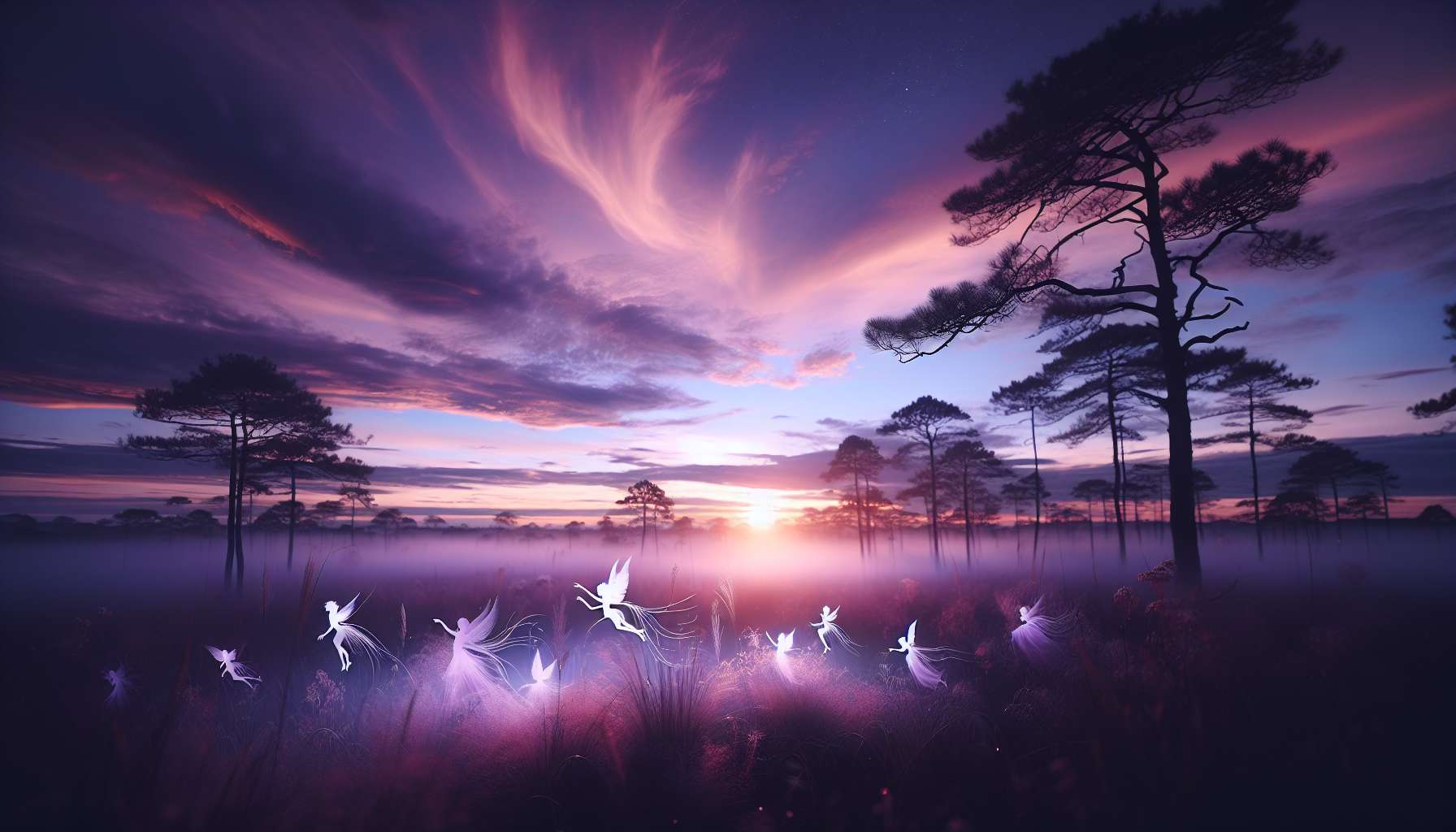Lunar Illumination Studies: Shedding Light on the Moon’s Glow
Have you ever gazed up at the night sky, mesmerized by the soft glow of the moon? The mysterious allure of our celestial neighbor has captivated humanity for centuries, inspiring poets, artists, and scientists alike. But have you ever wondered about the science behind the moon’s luminous glow? Lunar illumination studies delve deep into the complexities of how the moon reflects sunlight, illuminating our night sky with its ethereal light. Join us on a journey through the fascinating world of lunar illumination studies, where we explore the mechanisms, applications, and implications of this captivating phenomenon.
The Phases of the Moon: A Dance of Light and Shadow
One of the most striking features of the moon is its ever-changing phases, from the shimmering brightness of the full moon to the enigmatic darkness of the new moon. These phases are a result of the interplay between the sun, the moon, and the Earth, creating a mesmerizing dance of light and shadow in the night sky. Lunar illumination studies focus on understanding the intricate mechanisms behind these phases, shedding light on how the sun’s rays interact with the moon’s surface to create the stunning lunar landscapes we see from Earth.
Through careful observation and analysis, scientists have unraveled the mysteries of lunar phases, revealing the complex geometry that governs the moon’s illumination. As the moon orbits the Earth, its position relative to the sun changes, causing different parts of its surface to be illuminated at different times. This interplay of light and shadow gives rise to the familiar cycle of lunar phases, from the waxing crescent to the waning gibbous, each phase showcasing a unique interplay of brightness and darkness.

The Science of Lunar Illumination
At the heart of lunar illumination studies lies the science of how the moon reflects sunlight to illuminate the night sky. Unlike the sun, which emits its own light, the moon is a rocky, airless world that shines by reflecting sunlight. This process, known as lunar illumination, is governed by the moon’s surface properties, such as its composition, texture, and topography.
When sunlight reaches the moon, it interacts with the lunar surface, bouncing off rocks, dust, and other materials to create the moon’s distinctive glow. The amount of light reflected by the moon, known as its albedo, varies depending on the composition of the surface. For example, regions with high concentrations of minerals like titanium dioxide may appear brighter than areas with darker, basaltic rocks.
Through detailed spectroscopic analysis and remote sensing techniques, scientists have mapped the albedo variations across the moon’s surface, revealing a diverse range of light and dark regions. By studying these patterns, researchers can gain insights into the moon’s geology, composition, and history, unlocking the secrets of our celestial companion through the study of its luminous glow.
Applications of Lunar Illumination Studies
While the study of lunar illumination may seem purely academic, it has practical applications that extend far beyond the realm of pure science. One notable application of lunar illumination studies is in the field of astronomy, where accurate knowledge of the moon’s illumination is crucial for observing celestial phenomena. By understanding the moon’s phases and brightness variations, astronomers can plan their observations more effectively, ensuring optimal conditions for studying stars, planets, and other objects in the night sky.
In addition to astronomy, lunar illumination studies have implications for a wide range of fields, including geology, meteorology, and even art and culture. Geologists use lunar albedo maps to study the moon’s surface features, while meteorologists analyze lunar illumination patterns to better understand Earth’s climate. Artists and poets draw inspiration from the moon’s luminous beauty, capturing its ethereal glow in paintings, poems, and music that resonate with audiences around the world.
The Future of Lunar Illumination Studies
As technology advances and our understanding of the moon deepens, the future of lunar illumination studies looks brighter than ever. With the advent of space missions like the Lunar Reconnaissance Orbiter and the upcoming Artemis program, scientists have unprecedented opportunities to study the moon’s illumination in greater detail than ever before. These missions will not only enhance our knowledge of lunar geology and surface properties but also pave the way for future human exploration of the moon and beyond.
Furthermore, the study of lunar illumination has implications for emerging fields such as lunar mining and space tourism, where accurate knowledge of the moon’s illumination patterns is essential for planning missions and operations. By continuing to invest in lunar illumination studies, we can unlock the full potential of our celestial neighbor, harnessing its resources and beauty for the benefit of humanity.
Expert Opinions
We reached out to Dr. Sarah Johnson, a leading expert in lunar illumination studies, for her insights on the importance of this field. According to Dr. Johnson, “Lunar illumination studies are crucial for understanding not only the moon itself but also its impact on Earth and our society. By studying how the moon reflects sunlight, we can gain valuable insights into the Earth’s climate, tides, and even cultural practices influenced by the moon’s phases.”
Common Misconceptions
One common misconception about lunar illumination is that the moon emits its own light, similar to the sun. In reality, the moon is a dark, rocky world that shines by reflecting sunlight. By dispelling this myth and educating the public about the science of lunar illumination, we can foster a deeper appreciation for the moon’s beauty and complexity.
Conclusion
To wrap things up, lunar illumination studies offer a fascinating glimpse into the science behind the moon’s luminous glow. By delving into the mechanisms, applications, and implications of lunar illumination, we can gain a deeper understanding of our celestial neighbor and its impact on Earth and society. As we look to the future, the study of lunar illumination holds immense potential for advancing our knowledge of the moon and unlocking new opportunities for exploration and discovery. So next time you gaze up at the night sky and marvel at the moon’s gentle radiance, remember the intricate science behind its luminous glow, illuminating our world with its ethereal light.




